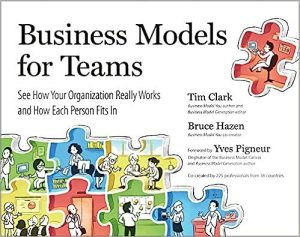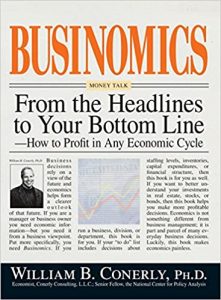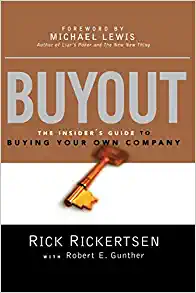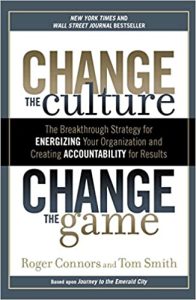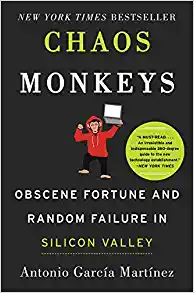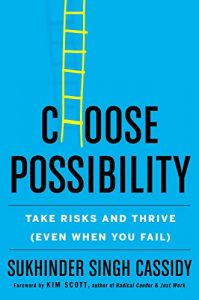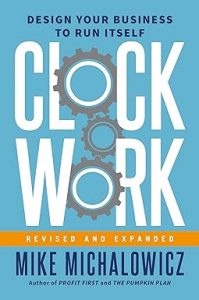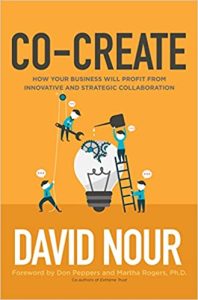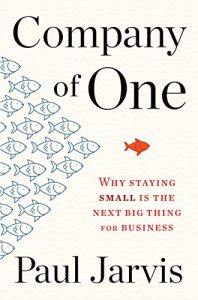Business Minded
₦7,000.00art self-help wisdom, part business school teaching, and part interactive workbook pages, plus real-life advice from 18 amazing, thriving entrepreneurs: this book is everything you need to know to turn your creative passion into a successful company.
With clarity and approachability, this complete guide will teach you how to monetize your creativity with a sustainable operation: ideation and business plans, branding, bookkeeping, accounting, marketing, management, social media, and more.


